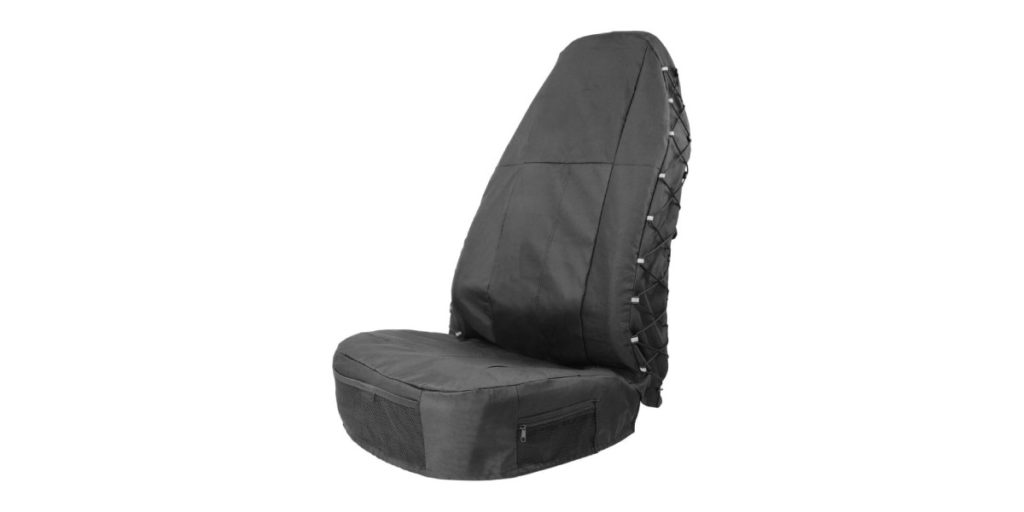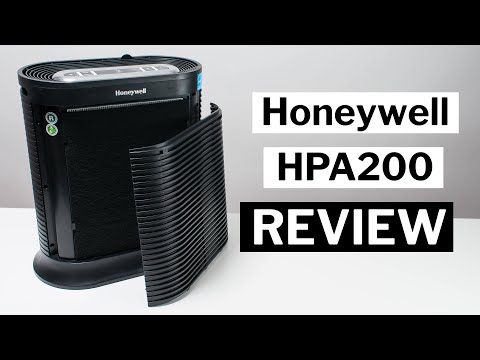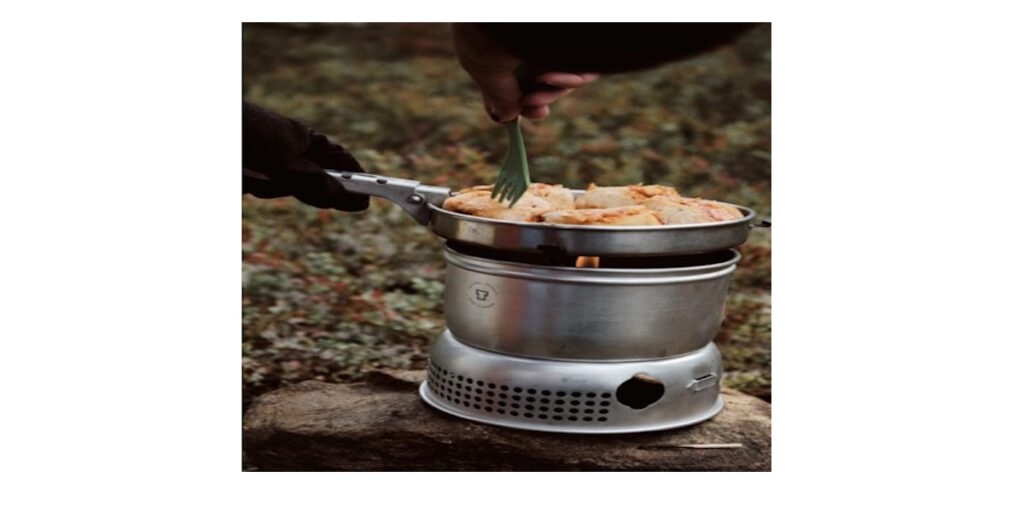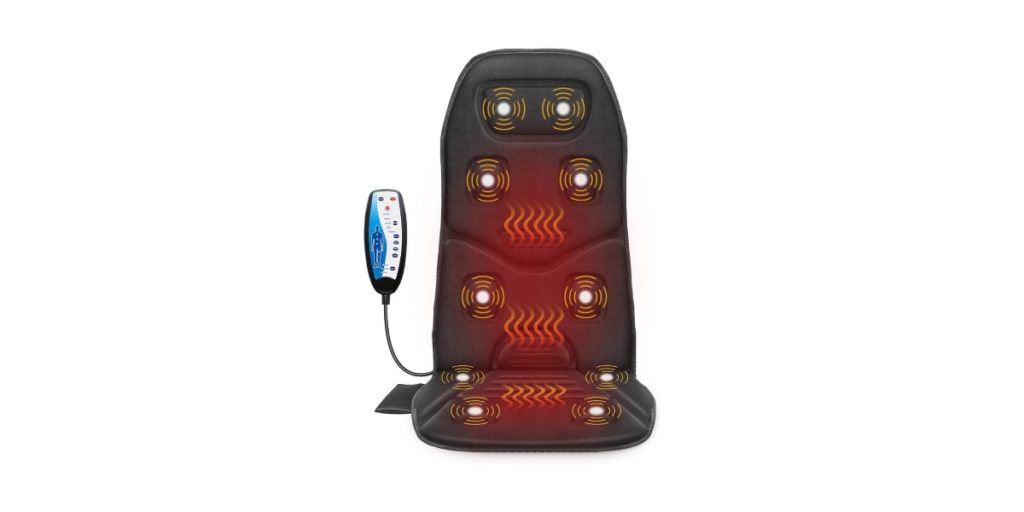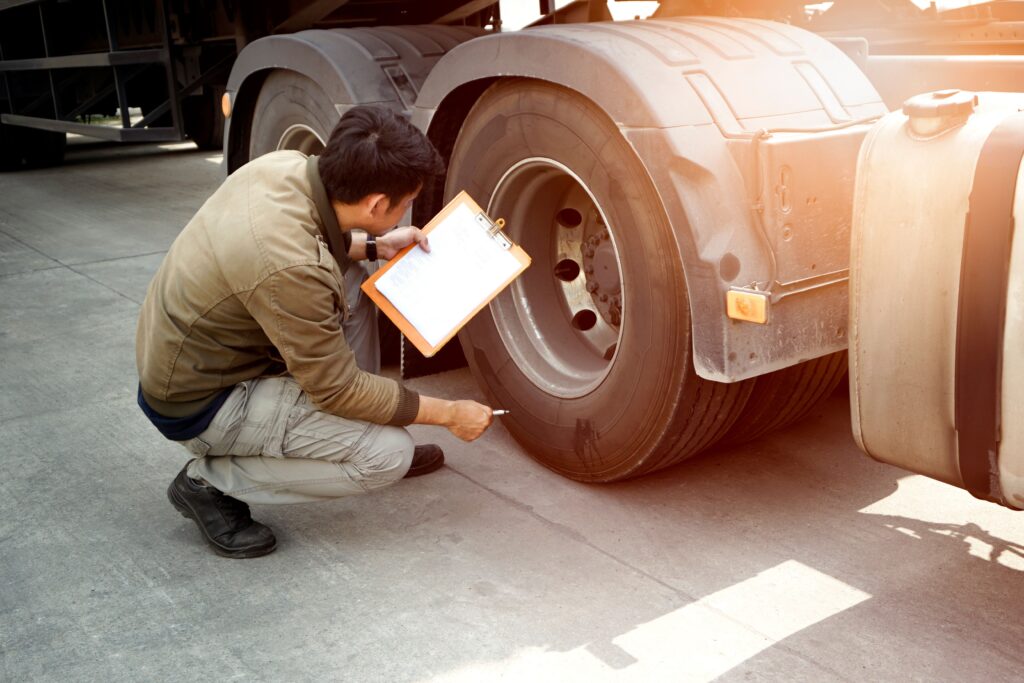
Within the domain of commercial transportation, a veil of secrecy often surrounds the strategies utilized during roadside inspections. The article ‘Truckers Beware: Hidden Roadside Inspection Tactics Disclosed’ uncovers a world where DOT officers employ covert methods to scrutinize drivers and vehicles with precision.
From the subtle cues in driver interactions to the meticulous examination of vehicle components, this piece promises to reveal the intricate techniques utilized to uphold compliance and safety standards. As the complexities of interior cab inspections, tire assessments, and trailer safety protocols come to light, truckers are left to ponder the depths of these hidden tactics and their implications on the road.
Key Takeaways
- Stay in the vehicle: Officers prefer drivers to remain inside during inspections.
- Be honest: Communication skills and consistency are crucial for credibility.
- Inspect thoroughly: Officers check for hidden defects and compliance with regulations.
- Ensure safety: Proper tire maintenance, secure trailer attachment, and reflective tape are vital.
Driver Interaction Strategies
In the domain of roadside inspections, the effectiveness of DOT officers’ driver interaction strategies plays a pivotal role in uncovering potential discrepancies and ensuring regulatory compliance. By engaging in driver behavior analysis, officers can detect signs of nervousness or inconsistencies that may indicate deception.
Trick questions are utilized to test the driver’s honesty and credibility, helping officers assess the accuracy of statements provided during inspections. Through skilled communication and observation, officers aim to detect any attempts at deceit, ensuring the integrity of the inspection process.
Deception detection is an essential aspect of driver interaction strategies, allowing officers to maintain road safety standards and uphold regulatory requirements with precision and thoroughness.
Interior Cab Examination Techniques

Utilizing meticulous observation and specialized tools, inspection officers employ a thorough approach to scrutinize the interior cab of commercial vehicles for any potential violations or irregularities.
As part of the inspection process, officers conduct an interior cab cleanliness assessment to guarantee compliance with regulations. They also perform covert drug searches by inspecting for any suspicious substances or paraphernalia.
Conversation analysis is an integral part of the assessment, where officers engage drivers to detect nervousness, inconsistencies, or signs of deceit. Detection of burn marks or other incriminating evidence can lead to further investigation.
A clean and organized interior cab not only reflects the driver’s professionalism but also indicates preparedness for inspection scrutiny.
Tire Inspection Methods
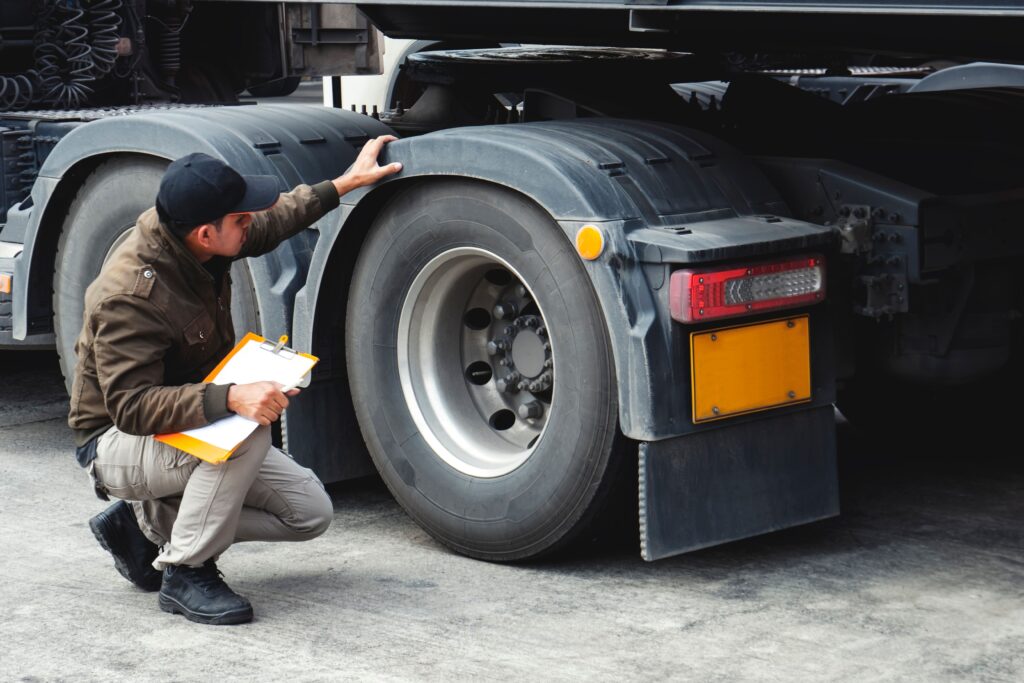
Through meticulous physical examination and testing procedures, inspectors employ a thorough approach to assess the condition and safety compliance of commercial vehicle tires.
- Tire pressure assessment: Inspectors measure and adjust tire pressure to guarantee performance.
- Tread wear examination: They check the tread depth and look for signs of uneven wear that could indicate alignment issues.
- Sidewall inspection: Inspectors scrutinize the sidewalls for cuts, cracks, or bulges that may compromise tire integrity.
- Tire depth measurement: Using specialized tools, they measure the depth of tire treads to determine if they meet safety standards.
These detailed inspections are critical for maintaining safe driving conditions and preventing potential roadside violations.
Vehicle Exterior Evaluation

Conducting a thorough examination of a commercial vehicle’s exterior is vital for identifying potential safety hazards and ensuring regulatory compliance during roadside inspections. Officers pay close attention to rust detection, as it can weaken the structure of the vehicle, posing serious risks. Fresh paint indicators are also scrutinized, as they could suggest an attempt to conceal defects.
Any signs of weak metal or structural damage are red flags during these inspections. Detecting these issues is essential for maintaining road safety standards and preventing accidents. By thoroughly evaluating the vehicle’s exterior, inspectors aim to uncover hidden defects that could compromise the safety of both the driver and other road users.
Spare Tire Compliance Check
When moving to the discussion of Spare Tire Compliance Checks from the examination of a commercial vehicle’s exterior, a critical aspect of roadside inspections involves verifying the presence and proper securing of spare tires.
- Spare Tire Maintenance: Regular checks guarantee readiness for roadside emergencies.
- Regulatory Compliance: Meeting requirements for spare tire security is essential.
- Emergency Preparedness: Properly secured spare tires are vital for handling unforeseen situations.
- Roadside Safety: Inspections aim to prevent issues by ensuring spare tire availability and compliance with regulations.
Reflective Tape Inspection Protocols
Inspectors meticulously evaluate the presence and condition of reflective tape on commercial vehicles to guarantee compliance with safety regulations and enhance visibility on the road. When it comes to reflective tape visibility standards and enforcement, different states may have varying regulations. Iowa, for instance, is known for its strict enforcement of reflective tape requirements. Ensuring that the reflective tape meets color requirements is essential, as variations may not comply with standards. Truckers must be aware of these regulations to avoid potential violations. Compliance with these rules is vital for enhancing safety measures on the road.
| Reflective Tape Visibility | Enforcement |
|---|---|
| Varying state regulations | Strict in Iowa |
| Color requirements | Compliance necessary |
| Possible variations | Avoid violations |
Trailer Attachment Safety Measures
Ensuring the secure attachment of trailers is a critical aspect of promoting safety and preventing accidents during transportation operations.
- Proper Inspection: Thoroughly check the trailer hitch for any signs of wear or damage before starting the journey.
- Secure Connection: Guarantee the trailer hitch is properly locked and secured to the towing vehicle to prevent detachment while in motion.
- Regular Maintenance: Schedule routine maintenance checks to address any issues with the trailer hitch promptly.
- Weight Distribution: Properly distribute the weight on the trailer and adjust the tandem sliders to maintain balance and stability during transit.
Conversation Analysis in Inspections
During roadside inspections, the analysis of conversations between DOT officers and drivers plays an important role in determining the credibility and honesty of the information provided. Communication skills are key in evaluating the driver’s demeanor and truthfulness. Trick questions may be used to gauge reactions, uncover inconsistencies, or detect nervous behavior. By scrutinizing the driver’s responses and body language, officers can judge the driver’s credibility. This conversation analysis is a critical aspect of the inspection process, helping officers make informed decisions regarding the safety and compliance of the driver and the vehicle.
| Conversation Analysis | Driver Behavior | Communication Skills |
|---|---|---|
| Detecting inconsistencies | Judging honesty | Gauging reactions |
| Uncovering nervousness | Evaluating demeanor | Using trick questions |
Interior Cab Drug and Alcohol Checks
The scrutiny of interior cab spaces during roadside inspections extends beyond driver interactions, encompassing thorough checks for drug and alcohol presence to guarantee compliance with safety regulations and prevent potential hazards.
- Sniff Test: Officers conduct a sniff test for the presence of drugs and alcohol as soon as the door is opened.
- Incriminating Evidence: They meticulously inspect the inside of the cab, looking for any incriminating evidence that could indicate substance use.
- Burn Marks Detection: Detection of burn marks in the cab could provide probable cause for a more thorough search.
- Cleanliness Indicator: A clean and organized interior not only reflects professionalism but also indicates a well-prepared and compliant driver.
Tire Defect Detection Procedures

Amid roadside inspections, meticulous tire inspections play a critical role in guaranteeing vehicle safety and regulatory compliance. DOT officers assess tire pressure and tread depth to identify potential defects and guarantee safe driving conditions. Proper tire maintenance is essential to prevent out-of-service violations that could compromise road safety.
During inspections, officers conduct thorough checks, pulling on tires to detect issues such as bad wheel bearings indicated by popping noises. Maintaining ideal tire pressure and sufficient tread depth is important for safe driving practices. Truckers must prioritize tire care to avoid violations and guarantee their vehicles are roadworthy according to regulatory standards.
Tire inspections remain a key aspect of roadside checks to promote overall transportation safety.
Concealed Defects Identification
Identifying concealed defects in commercial vehicles is a critical aspect of ensuring road safety and regulatory compliance during inspections. Here are four tactics used by officers to detect hidden defects:
- Advanced Technology: Officers utilize specialized tools like borescopes to inspect hard-to-reach areas for hidden defects.
- Thermal Imaging: Thermal cameras are employed to identify anomalies in vehicle components that may indicate concealed issues.
- Undercarriage Inspection: Officers thoroughly examine the undercarriage of vehicles using mirrors and cameras to spot hidden defects.
- X-ray Scanning: In some cases, X-ray scanning is used to peer through layers of materials and uncover concealed defects that are not visible to the naked eye.
These inspection tactics play an important role in uncovering hidden defects that could compromise road safety and regulatory compliance.
Spare Tire Requirement Enforcement
Regularly enforced spare tire requirements are essential for maintaining roadside safety standards in the commercial trucking industry.
Spare tire regulations mandate that a properly secured spare tire must be present on commercial vehicles to address roadside emergencies effectively. The absence of a secured spare tire can result in out-of-service violations, potentially leading to roadside issues and delays.
Inspecting spare tires is a routine part of checks to guarantee compliance with regulatory requirements and enhance overall road safety.
Truckers must prioritize maintaining their spare tires to avoid penalties and guarantee readiness for unexpected situations, emphasizing the importance of this aspect of vehicle maintenance in the transportation industry.
Frequently Asked Questions
What Are Some Common Tactics Used by Officers to Detect Nervousness or Inconsistencies in Drivers During Inspections?
Detection tactics during driver inspections involve officers engaging in conversation to assess nervousness or inconsistencies. Trick questions and logbook checks are used to uncover deceit. Strong communication skills help gauge honesty and credibility, aiding in thorough assessments.
How Do Officers Assess the Honesty of Drivers Through Communication Skills During Inspections?
Officers assess driver honesty by analyzing demeanor, tone, and consistency during conversations. Detecting deception relies on detecting subtle cues like hesitations, voice changes, or overly rehearsed responses. Communication skills play an essential role in evaluating credibility.
What Are Some Indicators of a Well-Prepared Driver That Officers Look for During Interior Cab Inspections?
During interior cab inspections, officers assess a well-prepared driver by examining cleanliness, organization, and the absence of incriminating evidence. They also use interaction techniques to detect nervousness, ensuring a thorough evaluation.
How Do Officers Test Tires for Potential Issues During Inspections, and What Are Some Red Flags They Look Out For?
To guarantee tire safety during inspections, officers test tire pressure, tread depth, weight distribution, and alignment angles. Red flags include abnormal tread wear, improper inflation, and misaligned wheels. Thorough assessments prevent potential road hazards.
What Are the Consequences of Missing Reflective Tape on a Commercial Vehicle, and How Do Different States Regulate Its Use?
Missing reflective tape on commercial vehicles can result in fines or out-of-service violations. States vary in regulations; Iowa has stringent rules. Communication skills, preparedness, and attention to tire inspections are essential. Compliance aids in safety and avoids penalties.
Conclusion
To sum up, the intricate strategies and tactics employed by DOT officers during roadside inspections are vital for ensuring compliance and safety in the domain of commercial transportation. By shedding light on the hidden nuances of inspections, truckers can better navigate these encounters and guarantee their vehicles and themselves are in proper condition.
Through a lens of transparency and awareness, this article serves as a valuable guide for truckers facing the challenges of roadside inspections. Remember, knowledge is power in the world of commercial transportation.
It’s good to be safe from inspections, but it’s best to be safe all around! Check out our post on how to be a Safer Trucker to learn more!


